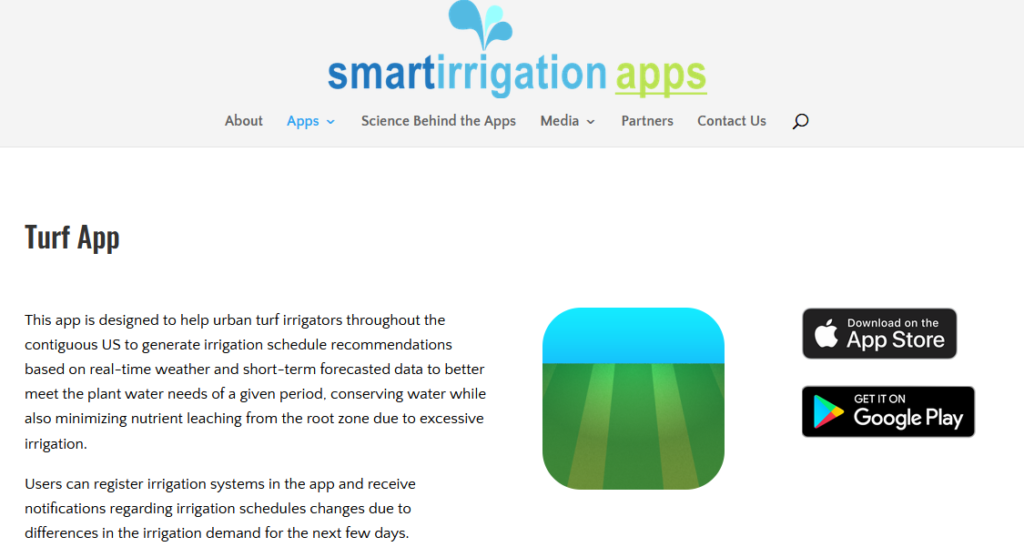This time of year, I see homeowners turn on their lawn irrigation systems. One of the keys to maintaining a healthy and attractive home lawn is proper irrigation but problems can occur if not managed properly. During times of drought and high temperatures, it is important to understand how to properly water in order to maintain that manicured lawn.
Moisture stressed lawns will be dull and blue-green color and folded or rolled leaf blades. Footprints will remain visible for a minute or longer after walking over drought-stressed grass.
When do I water my lawn and how much? When your lawn starts to show signs of drought stress, apply enough water to soak the soil to a depth of 6-8 inches. This is usually the equivalent of about 1 inch of rainfall or 600 gallons of water per 1,000 sq. feet. If the soil becomes compacted, then core aeration will be recommended. This will allow water to penetrate deeper into the soil profile.
What time do I water my lawn? Research suggests that irrigating after dew development and before sunrise is the most efficient and prevents disease problems. Nighttime irrigation could help reduce water losses by 50 percent compared to applications during the day.
What if I water my lawn all the time? Please keep in mind that watering your lawn in light, frequent intervals can result in shallow, and weak root systems. The shallow root systems prevent lawns from effectively using all nutrients and water in the soil. The key to success is to condition your lawn to require as little extra water as possible.
What other cultural practices can I do to help? During periods of extended dry weather, homeowners should consider raising the mowing height to ½ inch. A good rule of thumb when mowing is not to remove more than 1/3 of the leaf tissue at one time. These cultural practices can increase turf survival and allows for the development of a deeper root system.
If the thatch layer is thicker than ½ inch then dethatching is recommended. Excessive thatch could be a result of poor cultural practices. If your lawn suffers from thatch, the lawn will feel soft and spongy. Excessive thatch layers could lead to disease and insect issues. Please follow soil sample recommendations because excess nitrogen can lead to thatch accumulation.
If you would like to try the Turf Irrigation app it is available for download at https://smartirrigationapps.org/ . Grass or turf lawns have been estimated to cover 2% of the US land surface and identified as ‘America’s biggest crop’ (Hayden, 2005). This app is designed to help urban turf irrigators throughout the contiguous US to generate irrigation schedule recommendations based on real-time weather and short-term forecasted data to better meet the plant water needs of a given period, conserving water while also minimizing nutrient leaching from the root zone due to excessive irrigation.

If you have any questions about lawns please contact your local county Extension agent. The Colquitt County Extension office can be reached at 229-616-7455.